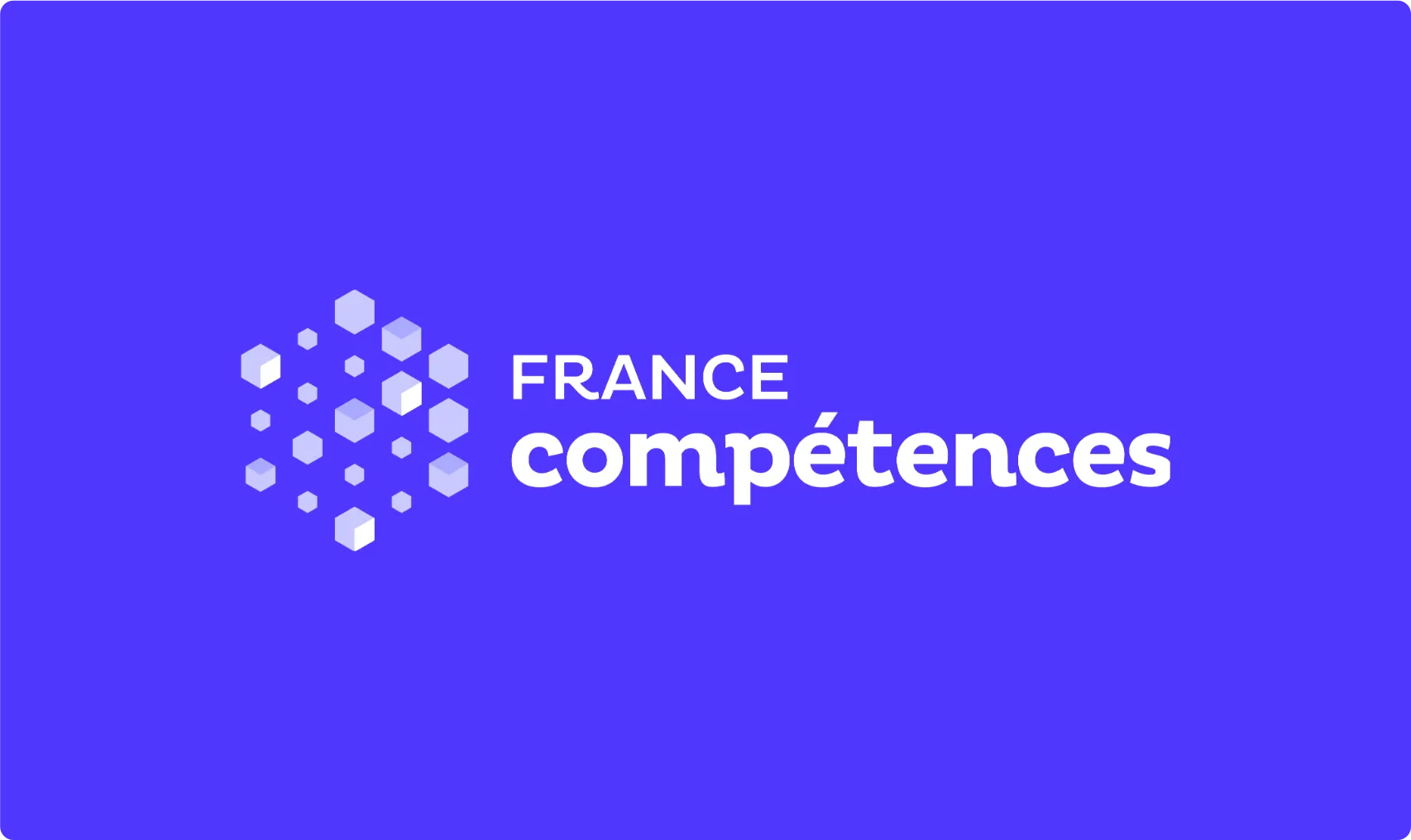10 000h de contenus certifiants et diplômants intégrés au LCMS le plus efficace du marché.
En savoir plusDéveloppé par des pédagogues pour les centres de formation, amorcez votre transition digitale en toute confiance.
En savoir plus
10 000h de contenus certifiants et diplômants intégrés au LCMS le plus efficace du marché.
En savoir plusDéveloppé par des pédagogues pour les centres de formation, amorcez votre transition digitale en toute confiance.
En savoir plusPlus de 100 organismes de formation et CFA nous font confiancepour les aider à digitaliser leurs parcours de formation
Transformez votre offre d'apprentissage et hybridez vos parcours en toute confiance
Voir les offresPédagogie
+ de 10 000 h de contenus embarqués issus de parcours certifiants
Accompagnement
Une équipe dédiée pour vous accompagner à chaque étape de la mise en place du LCMS, vous former et vous aiguiller sur les changements pédagogiques liés à l'hybridation
Personnalisation
Que vous ayez besoin de contenu, de formation, ou d'un accompagnement pédagogique sur mesure, nous avons l'équipe qu'il faut pour construire une solution à votre image
Analyse
Simplifiez vos audits de surveillance grâce à nos rapports automatisés et adaptés aux indicateurs Qualiopi
+10 000 heures de formations issues de parcours certifiants et diplômants embarqués dans la plateforme
Plus de 20 parcours certifiants prêts à être visionnés
- Disponibles immédiatement
- Organisés en modules et blocs de compétences
- Parcours conformes aux référentiels France Compétences.

Personnalisables
Besoin de modules personnalisés ? Notre pouvons co-construire des parcours personnalisés ou créer de nouveaux contenus sur mesure.

Le Learning Management System le plus efficace du marché
Gérez vos classes en toute simplicité
- Planifiez les activités, les examens ou encore gérez les inscriptions
- Automatisez les tâches répétitives
- Gérez les contenus et les données de manière centralisée
- Personnalisez les accès, les contenus, les formats en fonction du profil

Simplifiez-vous les audits grâce aux outils d'analyse
- Suivez la progression, les taux de réussite, l'engagement des apprenants
- Simplifiez vos audits de surveillance grâce à nos rapports automatisés et adaptés aux indicateurs Qualiopi
- Suivez les performances et évaluez l'efficacité des contenus et des cours

Organisez le distanciel et diminuez vos coûts
- Créez des cours, des modules, des leçons et des évaluations très facilement.
- Minimisez la logistique et les coûts liés au présentiel (salles de classe, matériel, déplacements etc...)

Une solution unique pensée par un acteur historique de la pédagogie
Un produit fait par des pédagogues
Skillogs appartient au groupe C3, fournisseur d'énergie éducative depuis 2002 et lui-même centre de formation professionnelle en apprentissage.
Fondée par Éric Parquet, C3 Groupe a commencé ses activités en tant que centre de formation professionnelle, avant de devenir certificateur en 2012.
Dès 2018, C3 Groupe entame sa transition digitale et fait appel à Skillogs en tant que partenaire, avant de racheter le LCMS en 2020.

Un accompagnement à la hauteur de vos enjeux, une vision long terme
Accompagnement Technique
Pour installer la solution, former les utilisateurs, et répondre aux problèmes techniques qui surviennent
Accompagnement Pédagogique
Notre équipe est à vos côtés toute l’année pour adapter votre pédagogie à vos ambitions digitales.
Une personnalisation poussée
Vous avez besoin d’un accompagnement sur mesure ? Nous serons ravis de vous faire une proposition.









